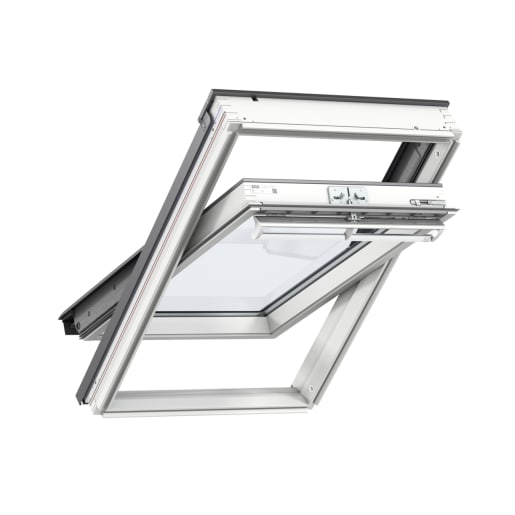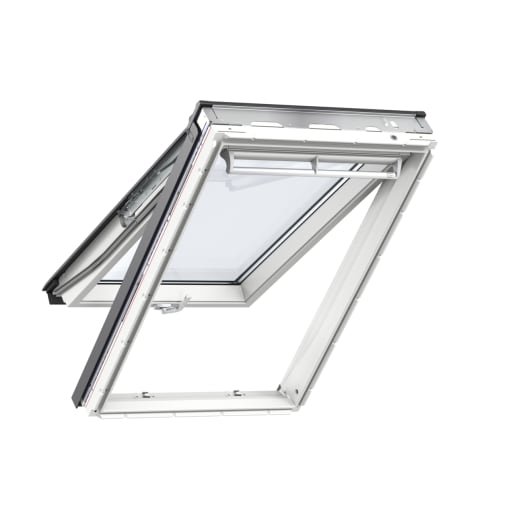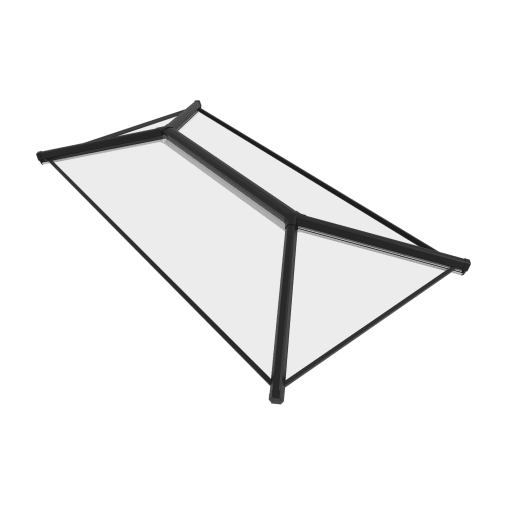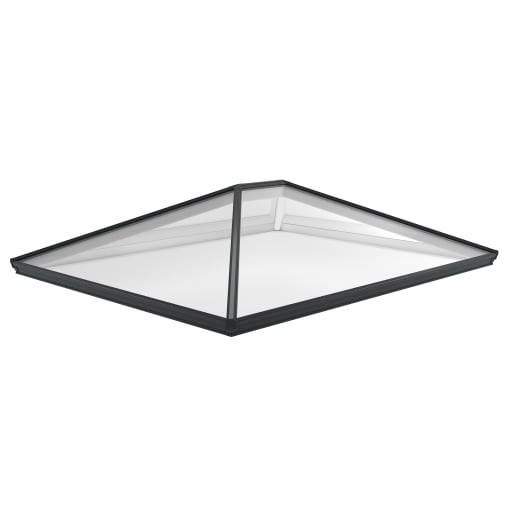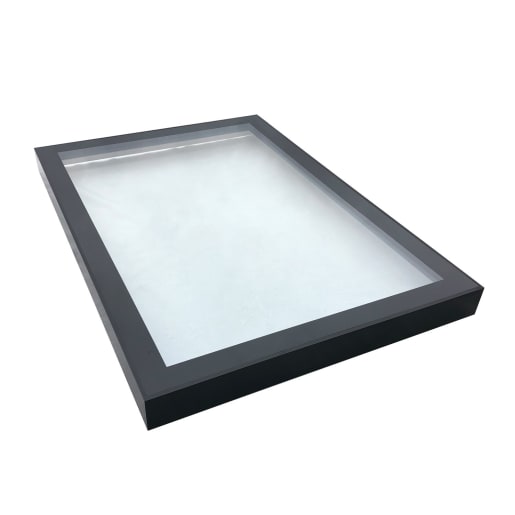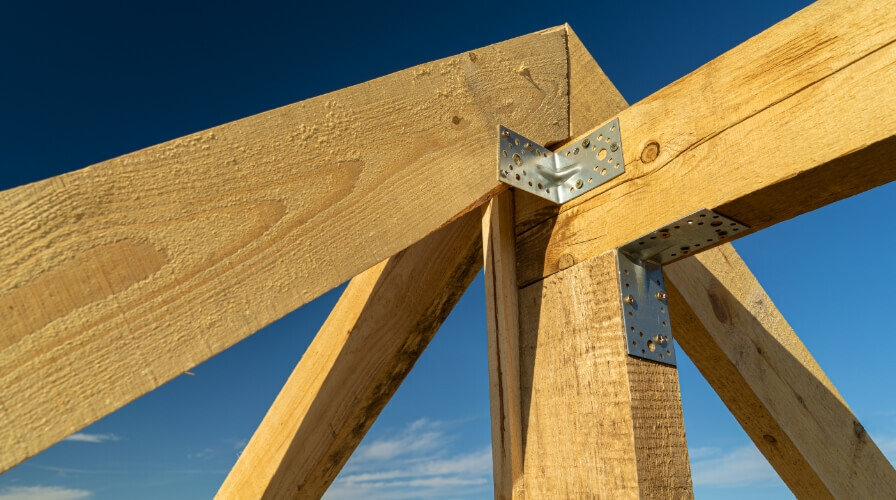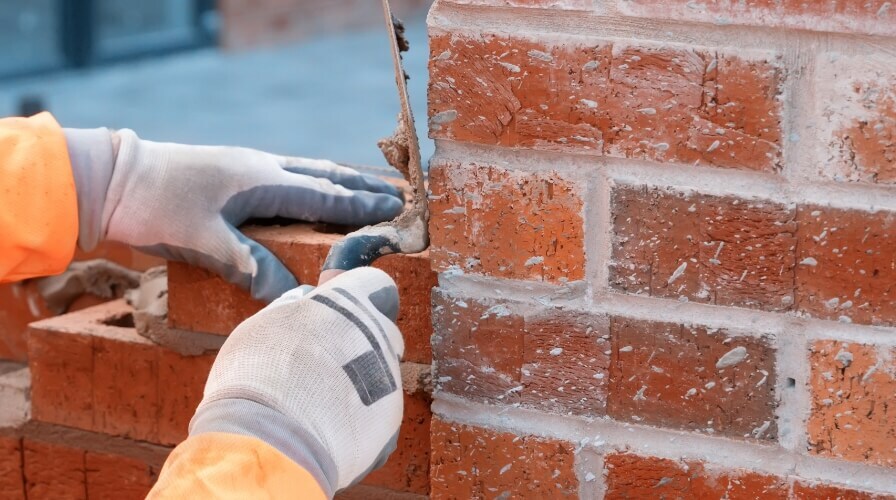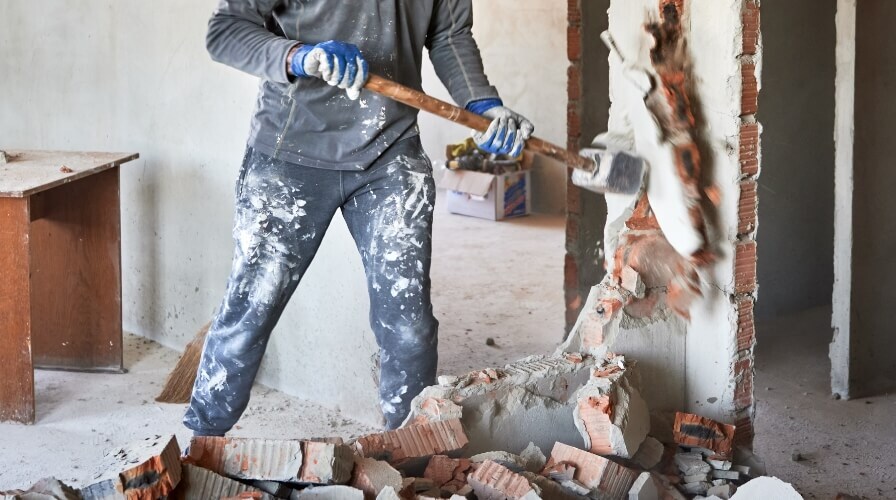Things to consider when choosing a roof window
There are several things to consider when choosing a roof window design and type for your project.
Purpose
Think about how the window will be used and why it’s needed — this will help you choose a type of roof window and any extra features. For example, a roof window in a bedroom might need built-in blinds, while a bathroom roof window will need to provide good ventilation.
Size
Consider the size of the room and the space on the roof for the window. Larger windows let in more natural light, but you need to ensure they fit the room size and not weaken the roof.
Roof shape
The shape of a roof can determine the type of roof window you choose. Steeper roofs may need special installation methods and may limit the type or size of the roof window. You also need to make sure the roof is strong enough to hold the window’s weight.
Sunlight
Look at the direction of the roof and how much sun it gets. South-facing windows get more direct sunlight than north-facing windows. This can influence the type of roof window glazing or coatings you choose to control heat, glare and UV protection. Products such as VELUX® anti-heat blinds can help reduce glare and maintain a comfortable temperature.
Energy efficiency
Look for roof windows with good energy efficiency ratings. Features like double or triple glazing, low-emissivity (Low-E) coatings and insulated frames can help minimise heat loss, improve insulation and use less energy.
Noise reduction
Roof windows with noise-reduction features are good for buildings in busy areas. Choose a window with laminated glass or other sound insulation to make the room quieter and more peaceful.
Moisture
Choose roof windows with moisture barriers and good ventilation. This will reduce condensation and moisture-related issues in a room.
Security
Make sure the roof window follows all safety rules. Look for features such as tempered or laminated glass, locks and child safety protection, especially for windows that can be easily reached.
Brand and warranty
Research well-known brands that sell quality products and have good customer reviews. Check the manufacturer’s warranty to make sure the roof window has coverage and support if there are any issues. Trusted manufacturers such as VELUX® offer long warranties and a reputation for quality that installers and homeowners can rely on.
Key takeaways
Choosing a roof window is an important decision that can change how a building looks, works and feels.
With the right roof window, you can bring in natural light, improve ventilation and enjoy beautiful views of the sky and surroundings.
Make sure to think about your project needs and consider all the options to make a good decision. Your roof window choice will create a bright, airy and welcoming space that will be enjoyed for years to come.
Visit your local Jewson branch or browse online to explore roof window options from leading brands like VELUX® and find the right solution for your project.


